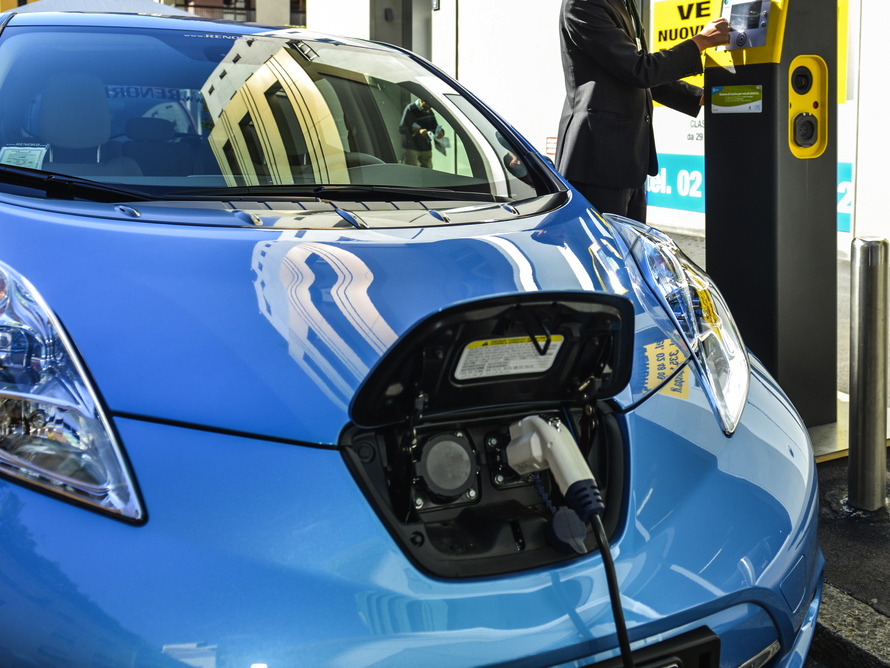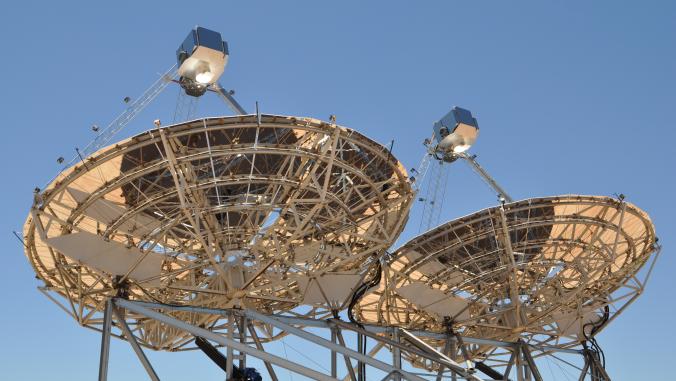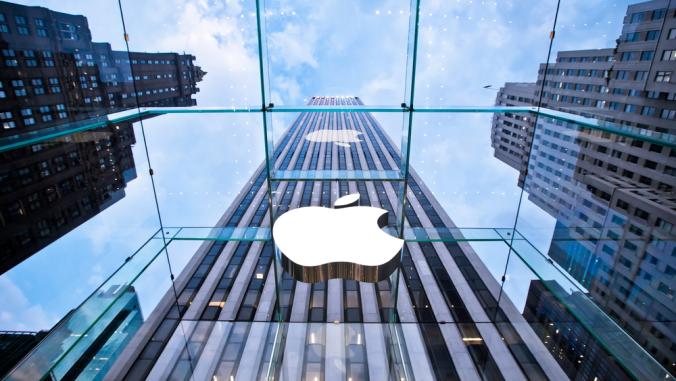Kroger takes on EV charging at 300 supermarkets
<p>ECOtality will install most of the stations.</p>

Kroger is becoming a leader in electric vehicle (EV) charging, available soon at 300 supermarkets.
EV charging company ECOtality (Nasdaq ECTY) is installing over 200 stations, which will bring Kroger's total to 300 stations.
Kroger is investing $1.5 million for the charging stations, which will be in key markets in Phoenix, San Diego and Los Angeles. Sixty stations are at Oregon and Washington supermarkets and 14 in Texas.
ECOtality has the second-largest charging network in the U.S. with about 4,000 stations. They are mostly in the west where the majority of electric car sales are being sold. Drivers pay $1-$2 an hour to charge their vehicles.
"Retailers across the country are quickly realizing the benefits of installing our Blink chargers. Independent research shows that Blink card holders routinely reward these establishments with more time in their stores and repeat business," says Ravi Brar, CEO of ECOtality.
In March, ECOtality joined with the biggest network, run by Chargepoint (11,000 charging stations), to open up both networks to all EV drivers.
Other retailers that have made big commitments to EV charging at their stores are Walgreens (800 stations), Best Buy and Ikea, all from ECOtality.
ECOtality also manages The EV Project, which is collecting data to be used in building out U.S. infrastructure. It's gathered more than 70 million miles of driver data being used to support deployment of EVs in key markets. The project is a public-private partnership, funded in part by the U.S. Department of Energy under a grant from Recovery Act.
Vehicle-to-Building (V2B) Technology
In related news, what was long thought of as "futuristic" is becoming a reality -- Amory Lovins' concept of electric vehicles as an independent energy source for buildings. Energy stored in EVs is used to power homes and buildings.
In 2008, Lovins said, "We're developing the 'Smart Garage' -- an intelligent interface between electric traction vehicles, buildings and electric grid. Plug-in hybrids' distributed battery storage could become important, even dominant, elements of electrical supply, initially for peak loads and later for wider needs -- realizing the 'vehicle-to-grid' concept I invented in 1991."
The technology is gaining attention as plug-in vehicle sales climb and building managers and homeowners seek innovative ways to manage energy consumption.
About 200,000 plug-ins equipped with V2B technology will be sold by 2012-2020, says Navigant Research.
"V2B technology can benefit both vehicle and building owners, by offsetting some of the cost of plug-ins, by lowering the energy costs of the building and by providing reliable emergency backup services," says John Gartner, research director of Navigant Research. "Numerous pilot projects around the world are developing and testing V2B technologies, most of them as part of larger microgrid and smart grid projects."
Automotive and building companies in Japan, for example, have responded to the widespread loss of grid power after the 2011 tsunami by developing V2B programs, mostly focusing on residential buildings.
Photo of electric car in car sharing station provided by Viappy/Shutterstock.
This article is reprinted with permission from Sustainable Business.





